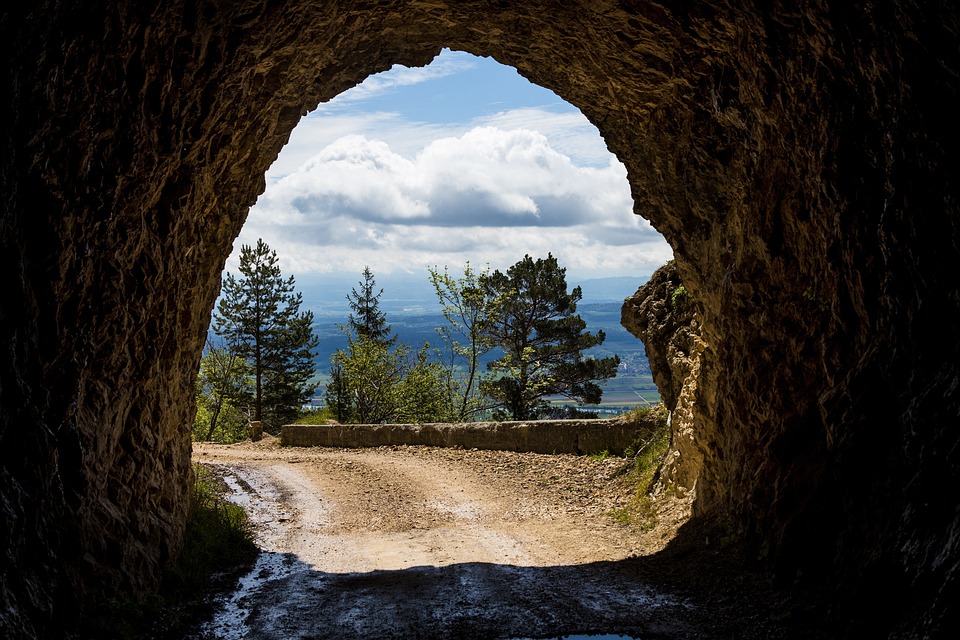Title: The Story of Death Road: A Journey on the World’s Most Dangerous Roads
Image: A lone motorcyclist navigating the narrow, treacherous road winding through the dense Amazonian forest, surrounded by towering trees and the unending cliffs dropping down to the rushing river below.
Introduction
Death Road, or as it is officially known, Carretera de la Muerte, is an infamous 69-mile stretch of road that hugs the contours of the Andes Mountains in Bolivia. Its notoriety stems from the fact that it is considered one of the most dangerous roads in the world. Inflicted with narrow pathways, steep drops to the turbulent rivers far below, and frequent dense fog, this road is a daunting challenge for even experienced motorcyclists and risk takers.
Origins and history
The Death Road was constructed between 1932 and 1938 under Bolivian President David Toro’s government. Intended as a quick connection between eastern and western Bolivia, it was a critical transport route until the 1980s. The road, measuring roughly 18 inches wide in some areas, is littered with hairpin turns and terrifyingly sharp descents, measuring at a precipitous 4,000 feet decline.
In 1998, a toll gate was built on the Death Road, marking its transformation into a tourist attraction. Today, thousands of tourists from around the world flock to tackle this hair-raising route on their motorcycles, finding an unmatched adrenaline rush in the inherent danger found on every twist and turn.
Challenges and precautions
To ensure the safety of riders, various precautions have been put in place. Local guides and tour operators provide helmets, sturdy motorcycles, and in-depth navigational instructions for the road. Some even carry first aid kits and extra supplies should a rider encounter an accident or become stranded. To minimize the effects of the notorious fog, golden rules dictate that tour companies operate the rides in the morning when visibility is better, and fog is less dense.
The Incredible Experience
The Death Road adventure isn’t one to be taken lightly. It’s the perfect testament to the motto ‘live life on the edge’. Spectacular views of the Andes Mountains and the lush Amazonian rainforest leave riders left breathless and overtaken by terrestrial beauty. The close encounters with the savage drops and bends enhance the participants’ daring spirit and make every moment of this thrilling expedition a celebration of life.
FAQs:
Q1. Is the Death Road open to the public?
The notorious Bolivian Death Road has been opened to adventurous tourists, with companies offering guided motorcycle tours.
Q2. Can it be ridden without any special skills or instruction?
Although prominent attraction for bikers, the Death Road must be navigated with caution, due diligence, and guidance. Hence, detailed instructions, and in some cases training, are always recommended.
Q3. Are there any threats involved in the journey apart from the terrain?
Weather plays a vital role in the Death Road’s safety. Unpredictable heavy rains may trigger landslides, hence, the best time to visit is during the drier months of May to November.
Q4. Are there any specific regulations or rules to follow when biking on the Death Road?
The Bolivian Ministry of Tourism imposes several safety measures, including mandatory helmet use, bans on strength-enhancing drugs, and limitations on the number of riders on a single bike. Local regulations may change, so it’s recommended to check with your tour operator for timely updates.
Conclusion
The Death Road is more than just a treacherous pathway; it is a symbol of the incredible sense of adventure and grit that embodies the human spirit. It is a road built on the foundation of determination, survival, and inspiring tales that continue to evoke admiration, awe, and respect. Travelers from every corner of the world come to taste the exhilarating experience, adding their own stories under the unforgiving, yet spectacular silhouette of the towering Andes. Joyous moments, poignant remembrances, and endless fascination lie in the journey along the world’s most beautifully dangerous road.



